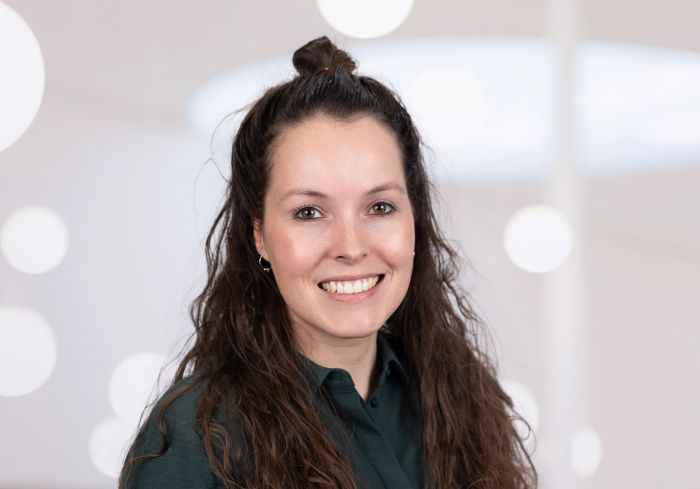Exposure to your own fear to become less afraid – it works, but not for everyone. Why is that?
11 June 2024

More than a quarter of young people suffer from anxiety, compulsive or post-traumatic stress symptoms. ‘You could say that their internal thermometer for detecting danger has gone into overdrive,’ says Lynn Mobach, who has received a ZonMw grant of €240,000 for her research. ‘Normal fear is fine, even essential – without fear of cars or other traffic, we would just walk across roads. But anxiety disorders involve disproportionate fear and fearful expectations that do not line up with the actual danger – for example, you’re certain that every dog you pass is immediately going to bite you. Or you’re convinced that using a public toilet will make you sick.’
Not walking past the neighbours’ house because they have a dog
The result is that people exhibit avoidance behaviour. ‘You no longer walk past the neighbours’ house because they have a dog, or you don’t go too far from home because you’re afraid of having to use a public toilet. If these symptoms are not addressed properly and in a timely manner, they can lead to more problems later in life, such as depression or addiction. So it’s important that young people with these symptoms are treated as early as possible.’
Actively seeking out dogs or exposing yourself to memories of a traumatic event
Cognitive Behavioural Therapy (CBT) is a proven and effective treatment for anxiety disorder, with exposure as the active element. ‘It means that instead of avoiding the situations they’re afraid of, we actively seek them out. We get young people who are afraid of dogs to walk right past dogs, or we expose them to their traumatic memories. We seek out the core of their fear to test their fearful expectations (“every dog bites” or “I can’t stand the fear”). As a result, young people discover that their expectation is actually unfounded, leading them to adjust their dysfunctional cognition and thus get rid of their excessive anxiety.’
We know that exposure works, but we don’t yet know how
The fact that this approach works is well known, but we also know that half of young people still struggle with symptoms or relapse after treatment. ‘Better personalisation of treatment is probably the solution. We know that exposure works, but we don’t yet know exactly how, so we also don’t know how best to personalise treatment. I’m going to investigate this by retrieving and re-analysing raw data from existing studies on the effectiveness of CBT in young people. We’re going to see if we can find any evidence for the theory that fearful expectations need to change to reduce anxiety.’
‘I’m going to examine the data at the macro level, but also at the micro level for individual sessions. I’ll also look at personal characteristics: what is the child’s age, gender and socioeconomic status, and what is their symptom profile – does the child also suffer from depression, for example? Using that knowledge, I hope to figure out exactly how exposure works, which will allow us to optimise treatment and make it effective for many more children.’
Results are expected in mid-2026.